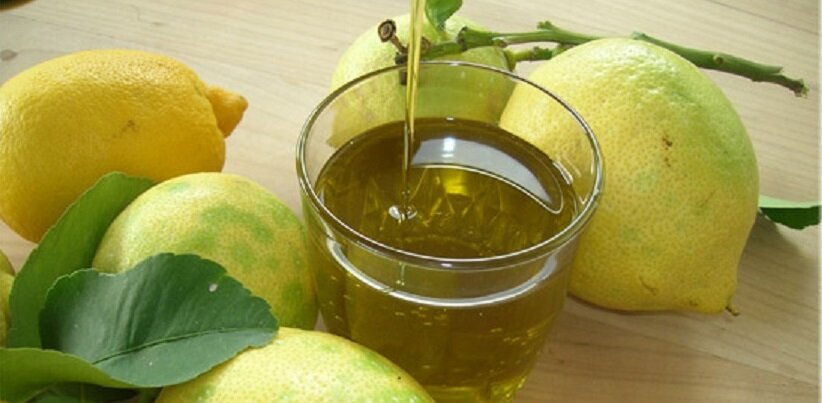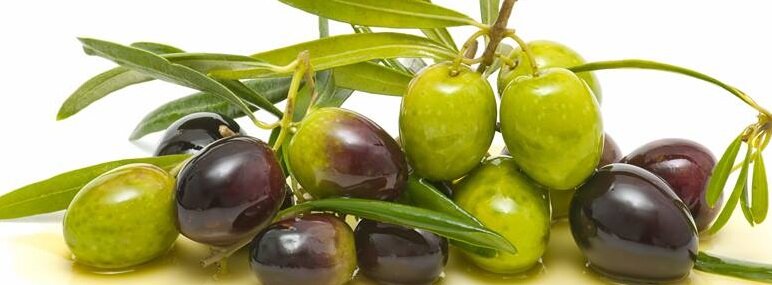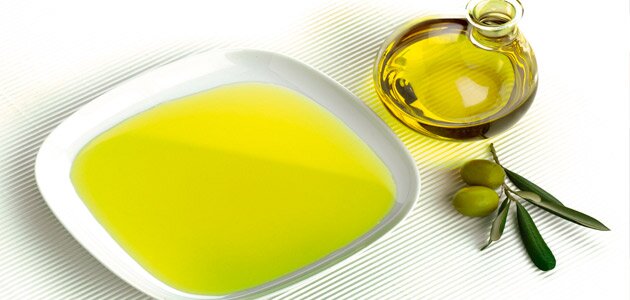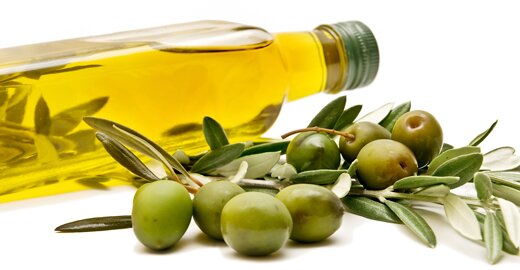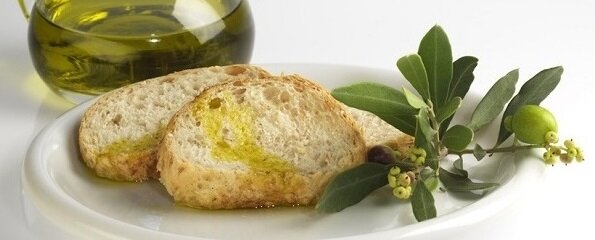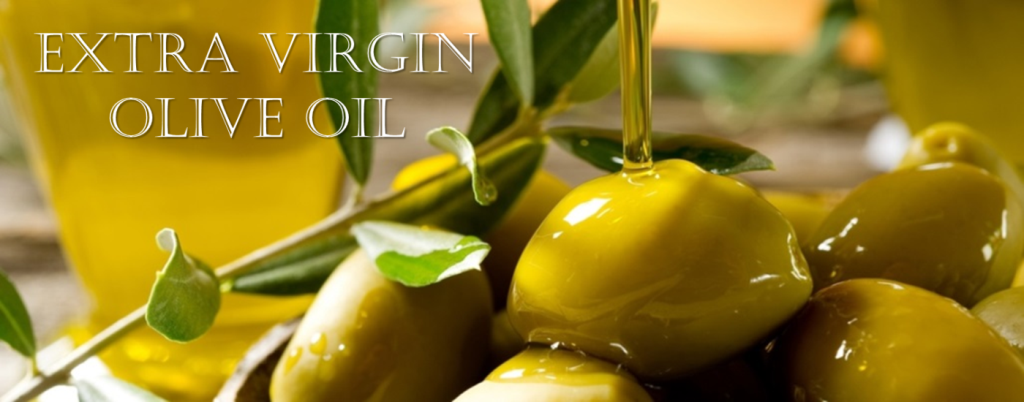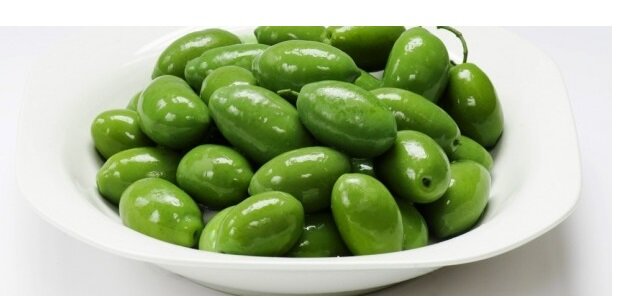A Beginner’s Guide to Olives: 14 Varieties Worth Seeking Out

[Photograph: Garry Knight, Flickr]
Olives have been a part of the human diet for thousands of years, long before the canning industry, grocery stores, and martinis came into play. But a few decades ago, your average American knew only a few varieties—some were green, some were black, some were pitted, and the best ones were pimento-stuffed…and that was that.
Yet olives are fantastically diverse and equally versatile, whether ground into spreads and tapenades, tossed into salads, simmered in stews and sauces, plopped into martinis, or eaten straight out of hand. Their sweet, sour, salty, bitter and pungent flavors are singularly complex, making them an essential tool in any home cook’s arsenal.

[Photograph: Fabrizio Angius, Flickr]
They’re also historically important: their cultivation dates back millennia, and they’re written into the Mediterranean culinary canon. Olive trees are some of the oldest trees ever harvested by humans, a practice that dates back more than 8,000 years. Today, olives are grown both for their oil (but that’s another article…or a book!) and their fruit.
The trees themselves thrive in warm, subtropical zones, especially in sea air and rocky soil. Native to Syria and Asia Minor, the first olives were picked from low shrubs. It was the Assyrians who discovered that flavorful, pungent oil could be pressed from this fruit, and so they sought to cultivate and harvest the shrubby trees. With time and attention, the olive tree, or Olea europaea in botanical lingo, flourished and evolved into the hearty tree we know today. Olive trees are grown not from seeds, but rather from cut roots or branches buried in the soil and allowed to root, or grafted onto other trees.

[Photograph: Art Poskanzer, Flickr]
Contemporary olive production spans the Mediterranean rim and other subtropical zones, including Latin America and the United States. Most of our domestic olives come from California—great wine regions and climates tend to be hospitable to olive trees, too. But olive trees grow even more slowly and require meticulous cultivation; in exchange for that intensive investment, their longevity rewards many generations. They live long, long lives—some for as much as a millennium.
HARVESTING: PICKING THE FRUIT

[Photograph: Alpha, Flickr]
The harvesting process plays a key role in determining the olive’s ultimate flavor and quality. To save money, some producers use sticks or machines to shake the ripe fruit from the trees, or leave the olives on the trees until they are so ripe that they fall to the ground without any help. Though cost-efficient, this process doesn’t make for optimal quality: since not all olives on a tree ripen simultaneously, many of the olives collected may be under or overripe, plus the rough handling can damage the delicate fruit.
The best, most fastidious olive growers use a traditional, if time-consuming, method: they pick the olives by hand. Each olive is selected for ripeness, plucked at just the right moment. These olives bruise less, and taste sublimely rich. But hand-picking is also a financial sink-hole, so you can expect to shell out some serious cash for these guys.
COLOR WARS: GREEN AND BLACK AND PURPLE

[Photograph: Cassiopée2010, Flickr]
In general, the darker the olive, the riper it was when it was plucked from the tree.
Fun dinner party fact: there are no green olive trees! The color of an olive is an indication of its ripeness. Green olives ripen and become black olives. Or rather, they transform from green to light brown, to a vibrant red and purple, to the deepest, darkest black. In general, the darker the olive, the riper it was when it was plucked from the tree.
Green olives are usually picked at the start of the harvest season, in September and October in the northern hemisphere. They have a firm texture and lovely, nutty flavor. Black(er) olives are picked in November and December, sometimes as late as January, and they’re softer, richer, and meatier.
What about the famed canned “black-ripe” olive? Good question. These olives are picked green, then pumped up with oxygen to turn them black. Their shade then gets fixed with a black chemical compound called ferrous gluconate. Think of this bland variety as the Kraft Singles of the olive world.
THE MAKING OF AN OLIVE

[Photograph: Daniel Coomber, Flickr]
The olive is technically a “drupe,” a fruit with a single large stone inside. (Yes, olives are fruits, not veggies.) Olives are full of the compound oleuropein, which give them an intense bitterness. Compared with other drupes—stone fruits like peaches and cherries—olives have a strikingly low sugar content and a sky-high high oil content (12-30%), both of which vary depending on the time of harvest and the variety.
it’s a cure that makes an olive an olive
But it’s a cure that makes an olive an olive, imparting the characteristic saltiness, tender texture, and flavor. Thanks to the bitterness of oleuropin—safe but profoundly unappealing—olives need to undergo a curing process before they’re ready to eat. If you’ve accidentally bitten into a raw olive, you are no doubt familiar with the excruciatingly bitter panic that ensues.
Olive curing is actually more like fermentation—it’s the conversion of the olive’s natural sugars into lactic acid. Harsh-tasting oleuropein and phenols get leached from the fruit in one of five ways.
-
Brine-curing: Fully ripened, dark purple or black olives are gradually fermented in brine (i.e. salt water). This takes major time—up to a year. Brine-cured olives are often sweet and full of depth, since the brine acts to intensify the fruit’s natural flavors.
-
Water-curing: Soaking, rinsing in plain water, and repeating, and repeating again…this method is the slowest of all, and consequently quite rare. Some producers begin their curing process in a water bath, and then move their olives into a seasoned brine.
-
Dry-curing: These olives get packed in salt for a month or longer. The salt pulls the moisture and bitterness from the olives. The salt is then removed, and sometimes the olives get bathed in olive oil to keep them juicy and plump. Dry-cured olives have a deeply concentrated flavor, and a wrinkly, prune-like appearance. Oil-cured olives are dry-cured olives that get macerated, or softened, in oil for several months.
-
Lye-curing: Large commercial olive producers make use of this time- and cost-effective method. Invented in Spain, the process calls for immersing raw olives in vats of alkaline lye solution. Unfortunately, the fast-acting lye is also detrimental to the olive’s flavor, leaving behind a bit of a chemical aftertaste and a sad, bland olive.
-
Sun/air curing: In some rare cases, olives can be fermented either on the branch or, once picked, by basking in the sunshine. The Thrubolea variety from Crete is an example of an olive left to cure on the tree.
ON STORAGE
Olives should be relatively firm, and never mushy or visibly bruised. If you’re shopping for olives at a store’s “olive bar,” look for olives dressed in brine, which helps them retain their moisture and flavor. They should also be turned over frequently for freshness.
Once home, store your olives in the fridge, soaking in the liquid they came in and loosely covered with plastic wrap, for up to 10 days. If there’s no brine, make your own—just add a teaspoon of salt to a cup and a half of water. Don’t leave olives in a sealed container; it’s better for them to breathe a bit.
OLIVES TO KNOW, LOVE, AND DEVOUR
Olive varieties get their distinctive qualities from their genetics, their region and climate, and how they were harvested and cured. The result is hundreds and hundreds of olives with unique personalities. Factor in marinating, seasoning, and stuffing the small fruits, and the result is an infinitely long olive menu—far too many to classify in a single article. But fear not! Here are some olive classics to know and savor.
KALAMATA

[Photograph: Vicky Wasik]
The king of Greek table olives, beloved and popular Kalamatas are deep purple, with tight, snappy, shiny skin, and a pretty almond shape. They’re typically preserved in red wine vinegar, red wine, and/or olive oil for a distinctive rich, smoky, fruity flavor. This variety is a great candidate for tapenades, but I also loved them served simply with some roasted cauliflower.
CASTELVETRANO

[Photograph: Vicky Wasik]
Castelvetrano olives are Italy’s most ubiquitous snack olive. Bright green, they’re often referred to as dolce (sweet), and come from Castelvetrano, Sicily, from the olive varietynocerella del belice. They have a Kermit-green hue, meaty, buttery flesh, and a mild flavor. Consider serving them with sheep’s milk cheese and a crisp white wine.
CERIGNOLA

[Photograph: Vicky Wasik]
These gigantic green olives are harvested in Cerignola, in Italy’s Puglia region, the heel of the boot. They are crisp and fantastically buttery. Their hefty size renders them easily stuffable—they play especially well with garlic, cheese, capers, and anchovies.
NYON

[Photograph: Vicky Wasik]
These petite, jet-black olives from the south of France are heart-stopping. First dry cured, then aged in brine, the plump, wrinkly olives are meaty, just-a-bit bitter, and packed with aromatic flavor. They’re especially delicious dressed with Provençal olive oil and fragrant herbs like rosemary and thyme.
NIÇOISE

[Photograph: Vicky Wasik]
Grown on a variety of olive tree called “Le Cailletier,” demure Niçoise olives are a crucial ingredient in the classic dishes of the French Riviera—think salade Niçoise and tapenade. But they’re equally wonderful nibbled on their own. A bit assertive, but not overpowering, the Niçoise has an enticingly herbal fragrance with faint notes of licorice.
LIGURIA

[Photograph: Vicky Wasik]
Also called Taggiasca olives, this petite variety packs a big flavor punch for their small size. They’re grown in Liguria, in Italy’s northwestern-most region, a few miles away from France’s Niçoise olive region, and the olives are indeed similar. They’re usually cured with an aromatic mixture of bay laves, rosemary, and thyme.
GAETA

[Photograph: Vicky Wasik]
These small, purplish-brown, wrinkled olives from Puglia have soft, tender flesh and a tart, citrusy taste. Gaetas can be either dry-cured (shrivelly, chewy) or brine-cured (plump, juicy). I like them served over spaghetti with capers and pine nuts, or simple served out of bowl for snacking.
PICHOLINE

[Photograph: Vicky Wasik]
These torpedo-shaped French green olives are wonderfully crisp and crunchy, with a tart, nutty, anise-y flavor. They’re pretty and elegant enough to serve as hors d’oeuvres, and give a welcome punch to risotto or a hearty stew.
GORDAL

[Photograph: Vicky Wasik]
Gordal means “fat one” in Spanish. The name is justified; these are some big, proudly fat olives, with plenty of firm, meaty richness to match their imposing size. Grown in Andalucía, Spain, where tough Gordal trees thrive in the dry climate, these are beloved tapas olives. Serve them beside some jamon and a glass of Sherry.
ALFONSO

[Photograph: Vicky Wasik]
While Alfonso olives are traditionally considered Chilean, the province of Tacna, in the foothills of the La Yarada mountains, where they originated, has been under Peruvian rule since 1929. These are huge, deep purple olives that are brine-cured, then macerated in red wine. They are supple, juicy and fleshy, with a hint of sour bitterness. It’s a variety typically enjoyed with charcuterie and a full-bodied red wine.
MISSION

[Photograph: Vicky Wasik]
The USA’s very own olive baby. Although its origin was believed to be Spanish, scientists at the University of Spain at Cordoba were unable to link it to Spain’s 700 olive varieties. Mission olive trees have flourished in California since the 1700’s; most of the yield goes to make olive oil, but black oil-cured and green brine-cured table olives are both mild, grassy, and bright in flavor.
MANZANILLA

[Photograph: Vicky Wasik]
This familiar, friendly, oval-shaped olive from Spain is brine-cured, with a crisp texture and a slightly smoky, almond-y flavor. They’re often stuffed with pimientos, or cracked and dressed with olive oil and fresh garlic. A spot-on hors d’oeuvre, especially when served with cold Fino Sherry and crusty bread.
BELDI

[Photograph: Vicky Wasik]
Morocco produces hundreds of varieties of olives, but exports only a few. If you can get your hands on these, you’re truly lucky. They are dry-cured and wildly, intensely flavorful. Serve them like the Moroccans do: in salads, tagines, or sprinkled with good olive oil and hot peppers.
AMFISSA

[Photograph: Vicky Wasik]

